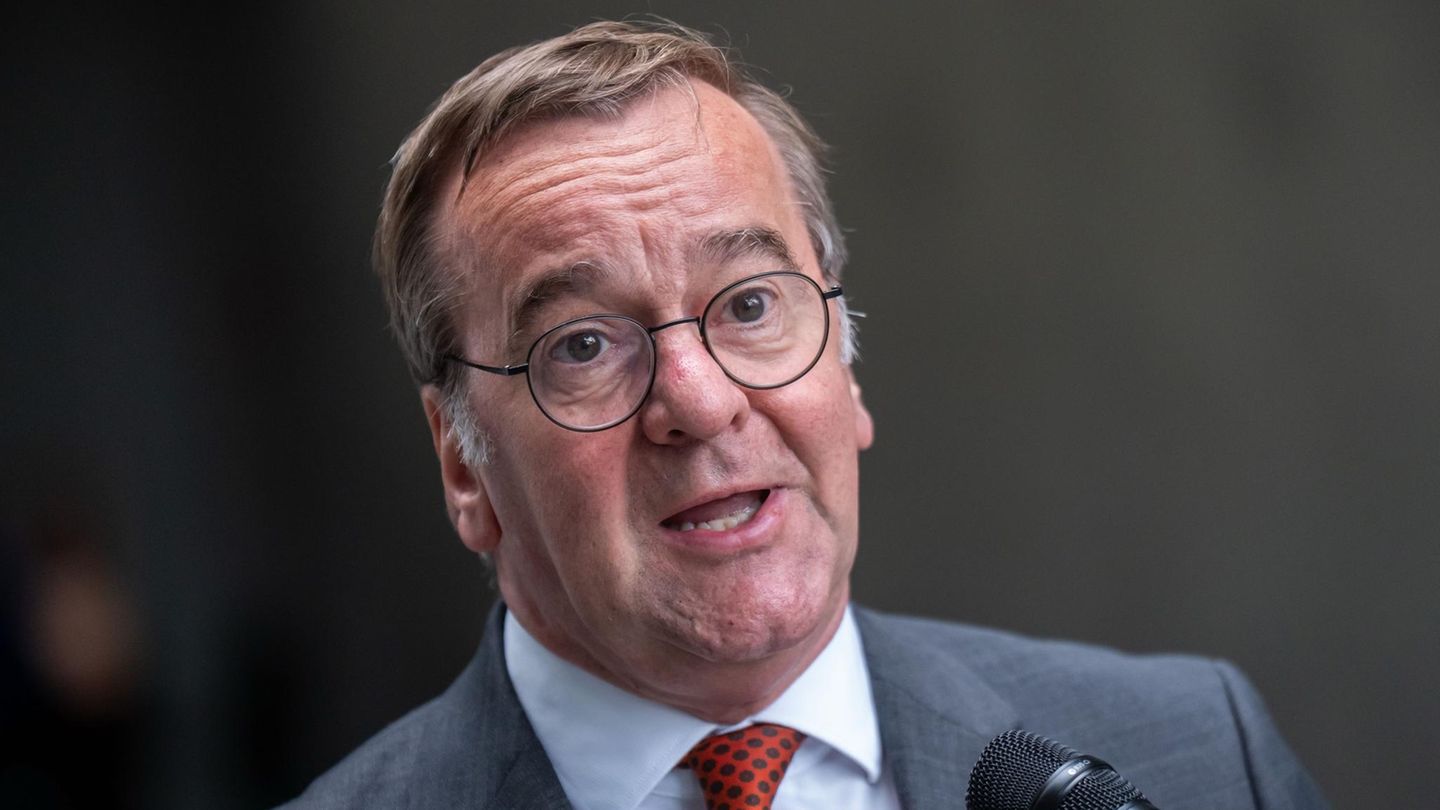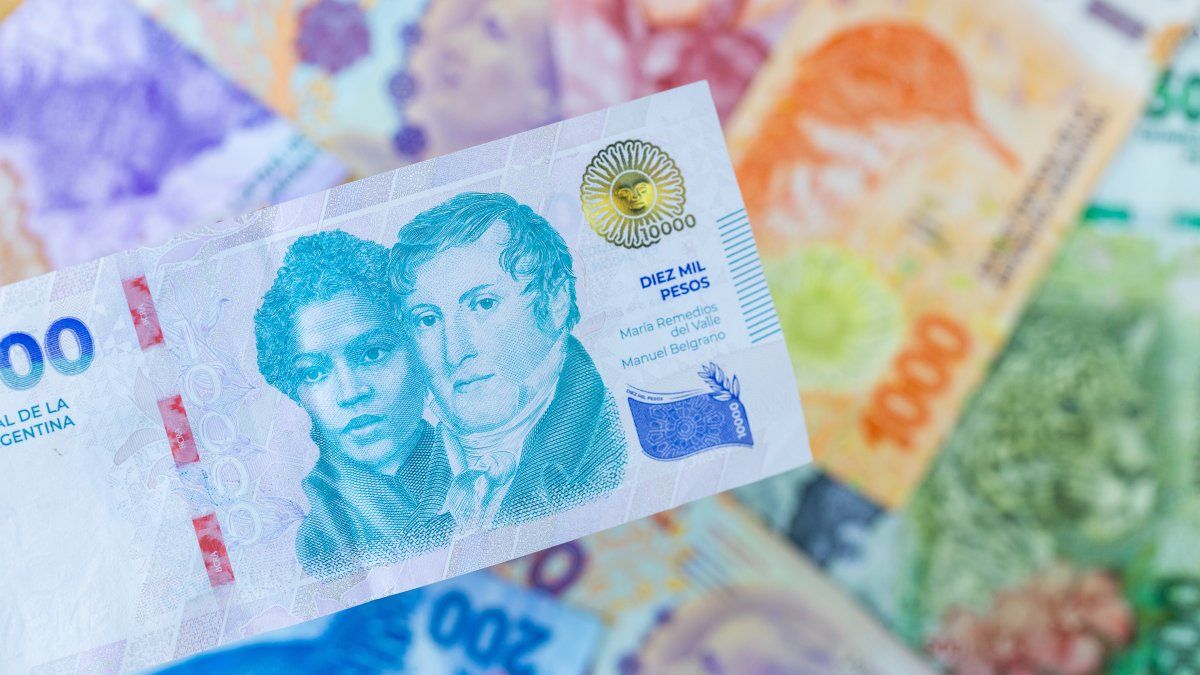The growth of the commercial debt does not stop. In February the Government kept import payments on hold. According to official data, last month only 41% of arranged foreign purchases were canceled. Thus, the liabilities of importers with their suppliers and parent companies totaled another US$2,405 million and In the three months of Javier Milei’s management he has already accumulated more than US$9,000 million.
The February Exchange Market Evolution and Exchange Balance report published this Friday by the Central Bank reflected that Last month, import payments of US$1,688 million were made. The number represented just 41% of the US$4,093 million of merchandise actually entered into the country in that period, according to data from the Argentine Commercial Exchange published by INDEC.
It so happens that the current leadership of the BCRA implemented a staggered access scheme to the official dollar for the payment of new imports, which are mostly settled in four monthly installments. It did so at the same time that it launched BOPREAL, a dollar bond for importers (which is subscribed in pesos) intended to channel the large stock of inherited commercial debt, to aspire to pesos and to dollarize a portion of the remunerated liabilities.
This quotation of access to the exchange market to cancel new imports opened a four-month window in which payments are lower than concerted foreign purchases. AND That window is what allowed the BCRA to buy foreign currency to recover its reserves position during the summer months, always complex in seasonal terms.
In fact, the dollars purchased in the past three months are practically equivalent to the import payments made. Between December and January, the commercial debt had grown by nearly US$7,000 million, according to calculations from 1816. With the US$2,405 million in February, new liabilities already reach US$9.39 billion, estimated Salvador Vitelli, of Romano Group. In other words, without stepping on import payments he would not have been able to make such foreign currency purchases.
image.png
As Ámbito reported, the consulting firm Audemus had estimated that by the end of March the new commercial debt would accumulate about US$10 billion. If confirmed, the amount will be equal to everything that the BCRA seeks to place with the three series of BOPREAL to channel previous commercial liabilities: it has already awarded US$5,000 million with the first and US$2,000 million with the second; The third (less attractive for the market) comes more slowly and, in four tenders, only US$981 million of the US$3,000 million scheduled for this series were placed. In fact, At the end of February, the new commercial debt exceeded what was channeled through BOPREAL.
As a result of the staggering, the gap between payments and concerted imports is reduced month by month but still allows the BCRA to continue purchasing foreign currency. For example, in December only 17% of purchases made abroad were cancelled; in January, 24%; and in February, 41%. The percentage will grow again in March and it is expected that by April the gap will be close to closing.
Reserves, harvest and debt
For next month, the Government is betting on the beginning of the thick harvest as a way to accelerate the purchase of foreign currency. Minister Luis Caputo tries to convince the economic agents that there will not be a new devaluation jump, but the agricultural sector is preparing to carry out its classic pressure to raise the exchange rate before releasing its grains. What happens on this front will be key for the continuity of the economic plan.
For now, the BCRA report showed that the entity that the monetary authority bought US$2,358 million in the exchange market during February. This was not enough to sustain the level of Bookings. Gross international holdings They closed with a drop of US$951 million up to US$26,690 million.
“This decrease was explained mainly by the net expenditure of interest and other financial debt of the General Government and BCRA for US$1,916 million, by the net payments of interest and commissions to the International Monetary Fund for US$846 million (636 million DEG), due to the fall in foreign currency holdings of the entities in the BCRA for US$478 million, due to the decrease in the price in US dollars of the assets that make up the reserves for US$52 million, partially offset by the BCRA net purchases in the exchange market for US$2,358 million,” the Central explained.
Source: Ambito




